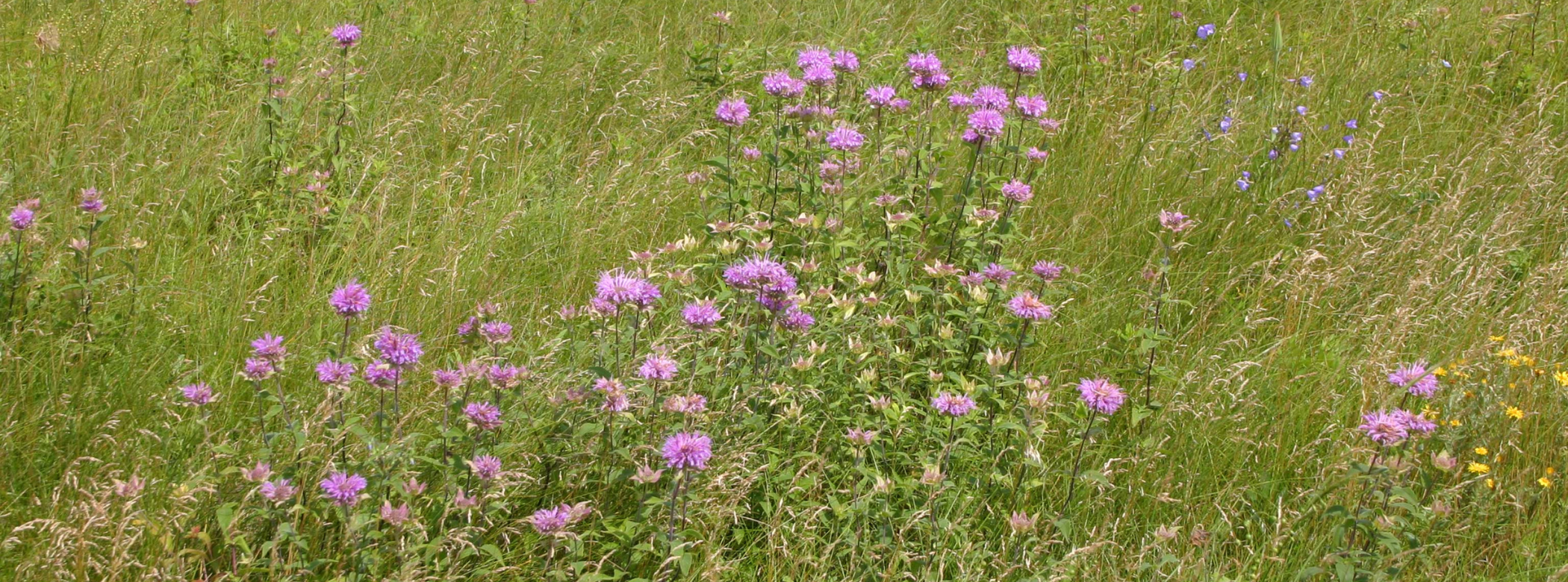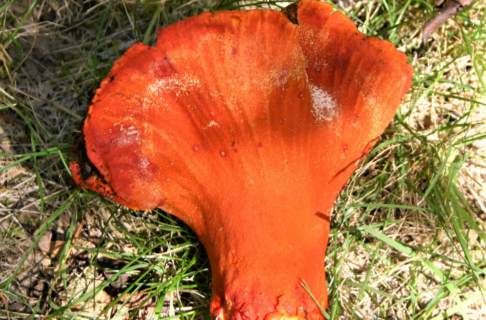Posted on: Wednesday September 20, 2017
One of the first papers on pollination I tried to publish got rejected because I had data from only one field season. So I withdrew the paper and did another year of research. But why is having two years of data so important? It is mainly because the world is a messy place.
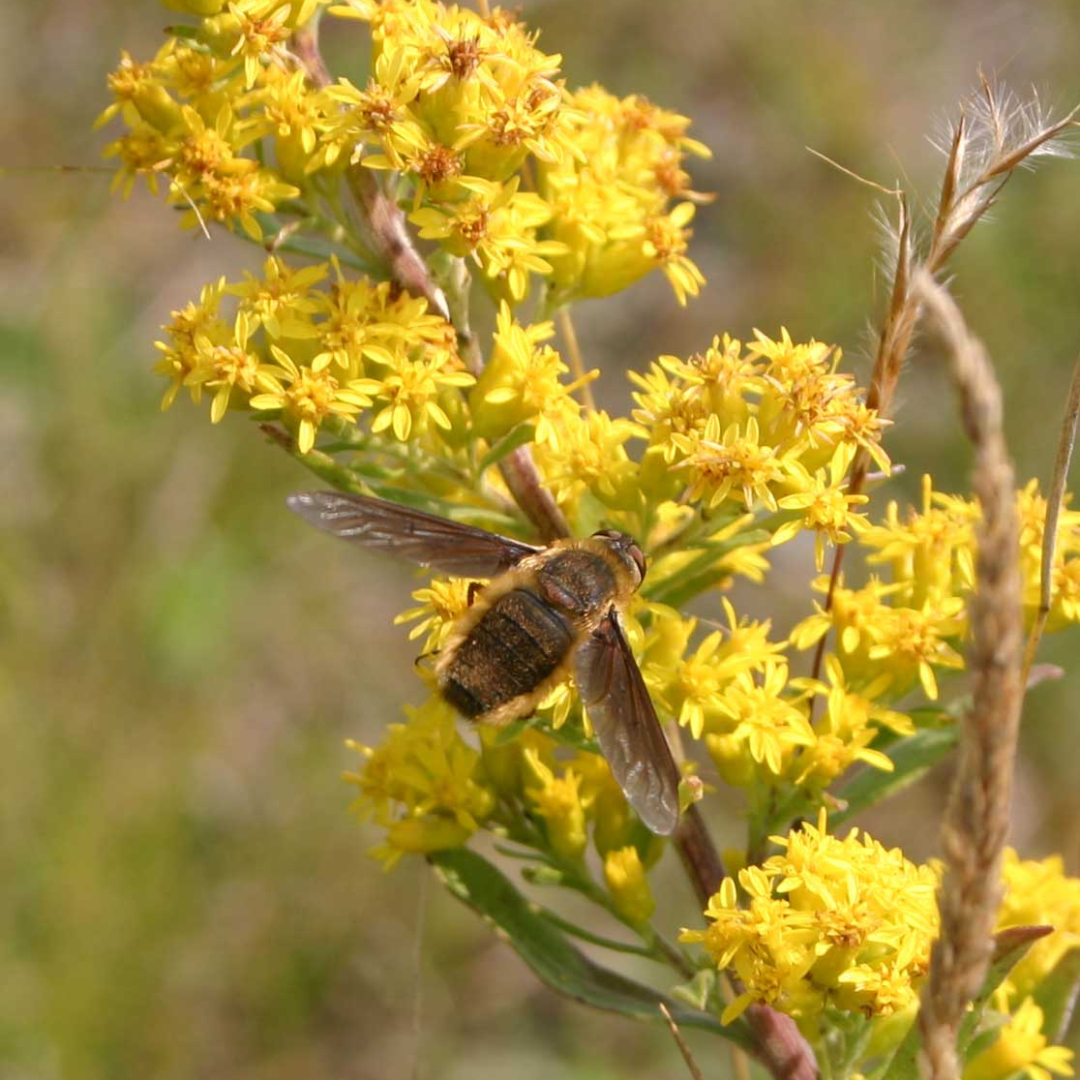
This year I conducted a second year of pollinator surveys at the Yellow Quill Prairie Preserve. One thing I learned was that the flowering season starts much earlier than I had anticipated. Initially I thought August would be the month with the most flowers blooming but now I know that May has more due to the abundance of common chickweed (Cerastium arvense) and three-flowered avens (Geum triflorum). Further, there were several plants that I did not think were particularly attractive to pollinators. In 2016 I observed only a few pollinators visiting gaillardia (Gaillardia aristata), and concluded that it was probably an unimportant plant. However, in 2017, I observed this plant at peak bloom and, after averaging the data, discovered that it was actually one of the most frequently visited plants. So without two years’ worth of data, the importance of some species would have been underestimated.
Image: The summer blooming showy goldenrod (Solidago nemoralis), here being visited by a bee fly, was less abundant than the spring blooming flowers.
When looking at data is important to understand what the word “average” really means; it can be a bit misleading because it implies that most things are the same. In fact, it could mean that things are usually different. Take something like the number of times pollinators visit a group of plants. If I say the average number of visits per hour is 18 you would think that means you would typically see three visits every ten minutes all summer long. But that’s not what happens at all. On cool, windy days I sometimes saw less than one visit every hour. On warm days however, 25 to 50 visits an hour was typical. So the average is actually the number in between these extremes and not really representative of what you would see on any given day. Only by collecting lots of data over long periods of time can you really get a good idea of what is going on in an ecosystem.
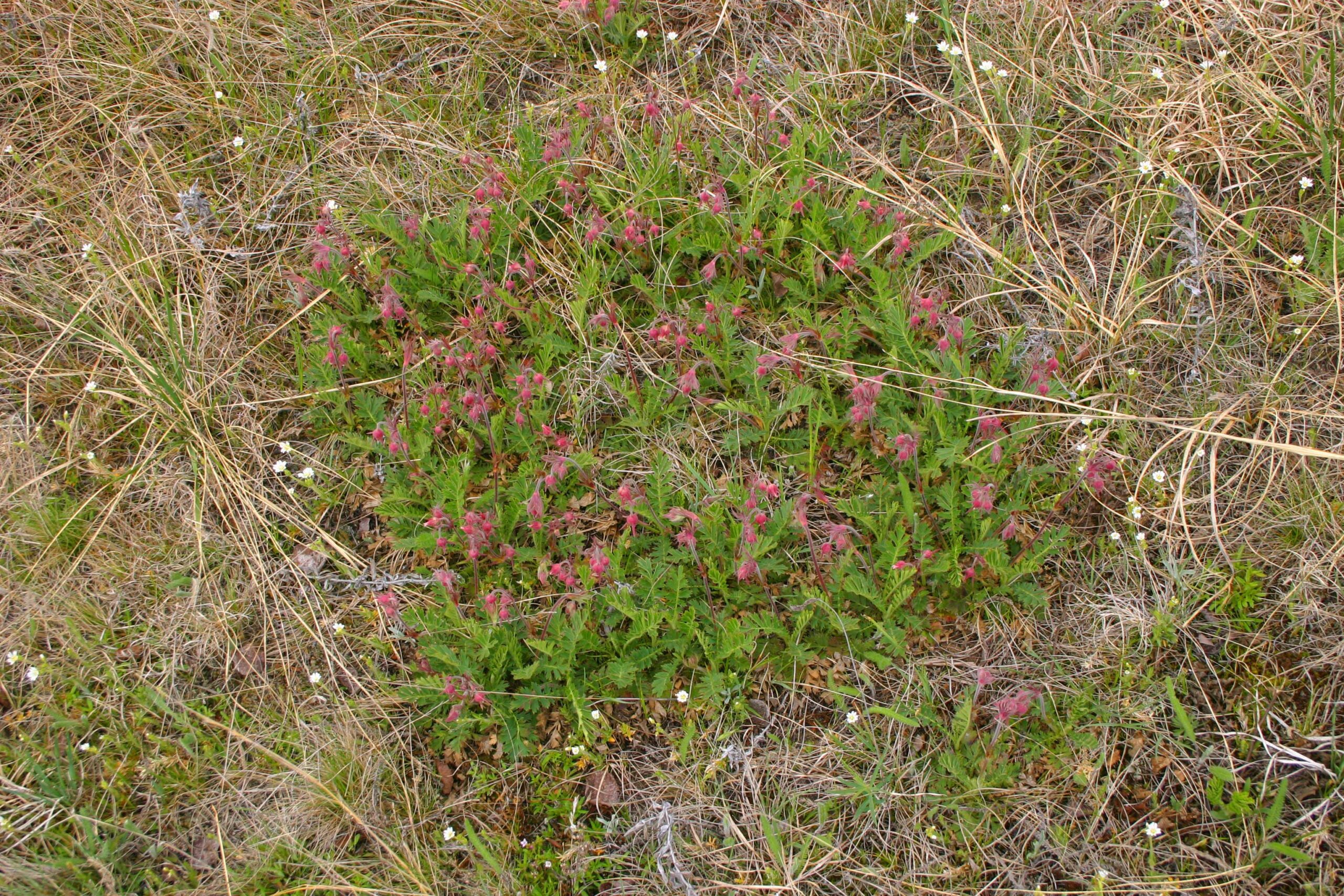
At Yellow Quill Prairie, common chickweed (Cerastium arvense) and three-flowered avens (Geum triflorum) were abundant in May.
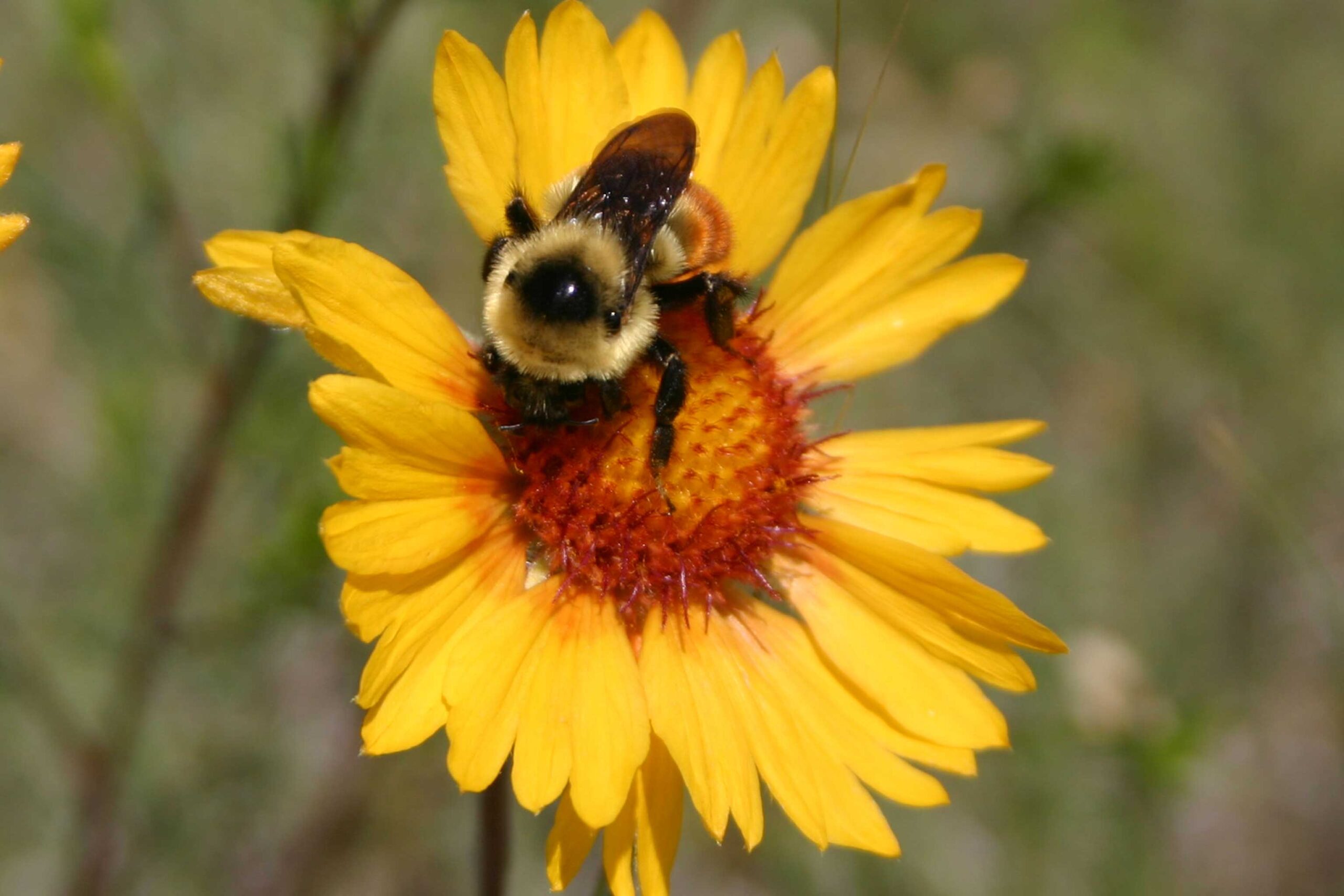
I finally saw bumblebees visiting Gaillardia (Gaillardia aristata) in 2017.
So why do we see such extreme fluctuations in nature? Certainly the weather, time of year, land usage and life cycles affect plants and pollinators but there are also other factors that we just don’t entirely understand. In fact, ecologists rarely expect to find a reason for all the variability they observe in a system. Long-term and multi-year studies are valuable because they help us see beyond the noise of the data. An accurate picture of how ecosystems work, and might adapt to environmental changes, cannot be assessed without this type of research.
This research is made possible by funding from the Nature Conservancy of Canada and the Manitoba Museum Foundation.




